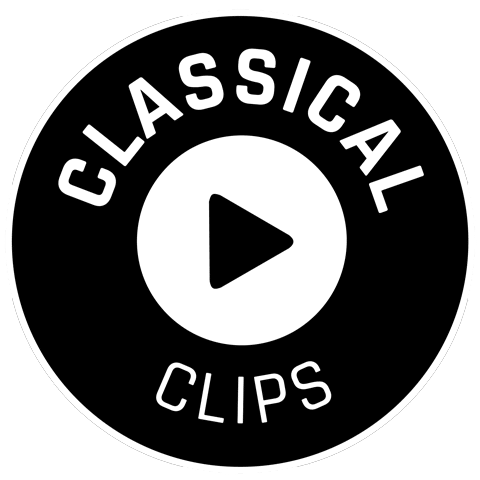
At precisely 8 o’clock on a December evening in New York City, the iconic notes of Beethoven’s 5th Symphony kicked off the first performance of the first season of the first symphony orchestra in the United States. It was 1842. John Tyler was the president. The initial discovery of gold in California had just been documented earlier in the year. The first large wagon train to Oregon would be leaving in just a few months. A 33-year-old Abraham Lincoln had just married Mary Todd. And the New York Philharmonic was born.
Ureli Corelli Hill, a violinist from Connecticut who had previously played and conducted with the New York Sacred Music Society, spearheaded the founding of the new institution, originally named the New York Philharmonic Society. Starting with around 50 musicians, the group agreed to a self-governing cooperative. The musicians themselves would decide by vote who could be admitted, what pieces to play, and who would conduct. They would divide all proceeds after the concert season concluded.
The first concert was held in the heart of the theater district at Apollo Rooms on Lower Broadway. It was a three-hour affair with around 600 in attendance. The program included works by Beethoven, Weber, Rossini, Hummel and Mozart, and featured two of the leading vocalists of the day on the opera numbers.
The concert was reviewed by The Albion, which was mixed with praise and some kindly criticism, and gives fascinating insight into what the evening was like.
We must undoubtedly reckon Wednesday evening last, as the commencement of a New Musical Era, in this western world. The concert which was then given, at Apollo Rooms, was the first of an attempt to form an approved school of instrumental music in this country… and well, “excellent well,” indeed, have the members commenced.
The review didn’t hold back, offering “a few observations given in candor and good feeling.”
There was attention paid, but not enough, to the pianos and fortes, that is to the elocution of the music. The flute and the clarinet were somewhat too flat, and the violins behind the leader were not in good tune together after the first piece. We also perceived that the energies of the performers, being so intensely strung in the beginning, were relaxed a little towards the end; this, however, was to be expected on a first night…
There must have been some disorganization during the concert because the review also suggested:
Again, as it will conduce to the dignity as well as permanency of the society, we would recommend that attempts be made to let the business of each night go as regularly as clock-work, not allowing any signs of confusion; and that the members of the orchestra refrain from all unnecessary conversation whilst in their places.
The review can be read in its entirety here.
Maybe it was a bit of a rocky start, but it was a successful one. The new orchestra kept giving concerts, and people kept coming. Over the decades, musicians and conductors came and went. The self-managing cooperative gave way to a president and then a board of directors. There were rival orchestras in the city and eventual mergers. The steel tycoon and philanthropist Andrew Carnegie built a venue which would be the Philharmonic’s home for decades.
In true American spirit, the New York Philharmonic championed homegrown talent, premiering many works by American composers. Some of the most famous works in history were premiered by the NY Phil, including Dvořák’s “New World” Symphony, Gershwin’s Concerto in F and An American in Paris, Appalachian Spring by Aaron Copland, and Stravinsky’s Symphony in Three Movements. The illustrious list of conductors over the years includes names like Arturo Toscanini, Maurice Ravel, Igor Stravinksy, Gustav Mahler, Antonín Dvořák, Leonard Bernstein and Richard Strauss.
Over the years, the NY Philharmonic has also been a pioneer in technology, being the first American orchestra to broadcast on the radio and to appear on television. Under the direction of Leonard Bernstein, the NY Phil appeared in Young People’s Concerts, the first televised classical music series for children. In a remarkable run, the series aired on CBS from 1958 to 1972 in over 40 countries, introducing many children of the day to classical music for the first time. You can now purchase this Special Collector’s Edition DVD set (sponsored) that includes 25 of Bernstein’s programs.
To date, the New York Philharmonic has given over 20,000 concerts and reached millions more through radio, television, and internet audiences. It remains the cornerstone of classical music in the United States and is one of the most influential musical institutions in the world.
